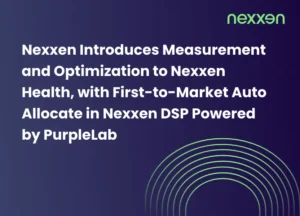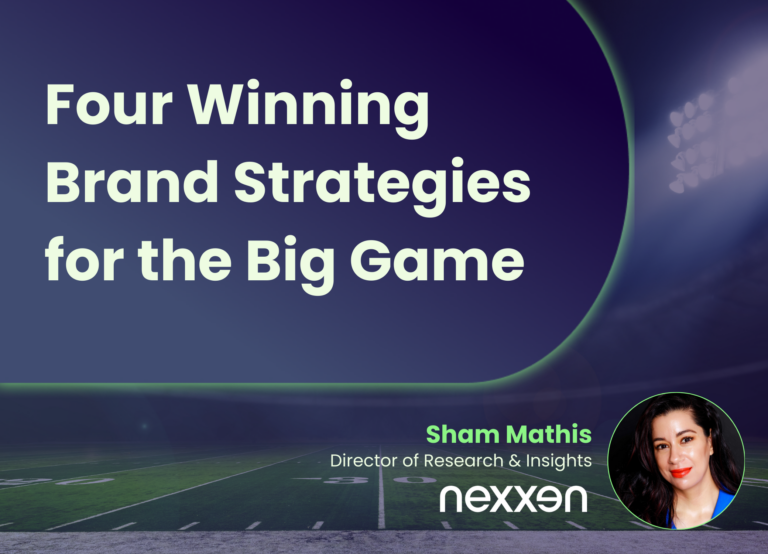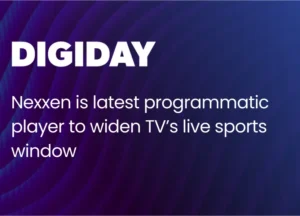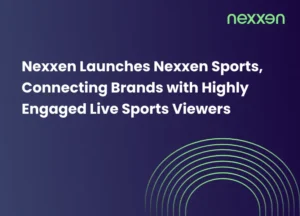

Four Winning Brand Strategies for the Big Game
Four Winning Brand Strategies for the Big Game
By: Sham Mathis, Director of Research & Insights
In 2024, more than 123 million viewers tuned into the Big Game, making it the most-watched TV event of all time. Think on that – in the history of American television viewership, last year’s showdown between the Chiefs and 49ers took the number one spot, beating out every other pivotal media event (like the moon landing). And here’s the real kicker: those millions of fans weren’t all glued to the same screen.
Our research suggests 2025 will be similar, with viewing plans varying by audience. Sure, 40% of viewers will catch the game on cable or satellite (the top choice for Boomers and Gen-X). But 51% (namely Millennials and Adult Gen-Z) are expected to stream it this year, while the rest will likely watch on a website or through other means.
This fragmentation isn’t an obstacle, though – it’s an opportunity. Football’s biggest night is more than a three-hour block on TV; it’s a flurry of activity across phones, streaming platforms and social media. For advertisers, this means that – instead of relying on a monolithic approach (where’s the fun in that, anyway?) – you can use data-driven strategies to meet viewers on the platforms and devices that most resonate with them.
Here are four ways to create a brand moment worthy of the Big Game this year:
1. Use Audience Data to Your Advantage
Understanding the different ways your audience engages with content during the game will help you craft a winning strategy.
After sports fanatics, for instance? Say less. These highly engaged, often Millennial viewers watch live sports weekly (87%) and prefer ad-supported platforms (83%), so try activating campaigns aligned with pre-game analysis or live commentary.
52% of Millennials or Gen-Xers, on the other hand, plan for this night weeks ahead of time, engaging with hosting tips, recipes and decor ideas. Target them with lifestyle content tied to food and event essentials.
Using data on fan viewing habits to identify where they are most engaged and activating campaigns that align with their typical behaviors will help you deliver more relevant and impactful messaging, maximize engagement and ensure your brand is present during the moments that matter most.
2. Optimize Your Ad Before You Activate
Let’s be honest: the game is as much about ads as it is football. And creating a stand-out campaign requires ensuring your creative resonates before it even goes live.
Pre-launch testing helps gauge how audiences respond. Use surveys, attention measurement or emotional response analysis to fine-tune messaging, visuals and tone for maximum impact. Time and again, research has shown that optimizing creative is the key to success when it comes to resonating with audiences, especially if those optimizations are data-driven.
By optimizing your ad, you can make sure it drives both measurable and memorable impact – the ultimate touchdown.
Football’s biggest night is more than a three-hour block on TV; it’s a flurry of activity across phones, streaming platforms and social media.
Football’s biggest night is more than a three-hour block on TV; it’s a flurry of activity across phones, streaming platforms and social media.
3. Dig Deeper with Real-Time Audience Insights
Knowing where your audience is watching is just the start – to refine and strengthen your campaign, you’ll need to tap into real-time digital and TV behavior.
Some hints? Ads placed alongside live commentary or player stats drive 39% and 36% engagement, respectively, helping your message reach fans who are actively interacting with the game. Nearly 33% of viewers also engage with hosting tips, creating a perfect placement opportunity for brands that align with the more social side of Sunday night.
4. Blend TV and Digital Metrics to Extend Reach and Reduce Waste
With viewers spread across platforms, the challenge isn’t just reaching them—it’s doing so efficiently. Blending data sources like ACR, set-top box and app analytics allows you to track cross-screen behaviors, reduce duplication and optimize frequency for a seamless viewer experience.
These insights also reveal gaps and overlap between TV and digital audiences, helping you strategically allocate placements. For instance, reach Millennials and Adult Gen-Z on streaming, but engage Boomers and Gen-X on cable. By unifying metrics and refining placements, you can maximize reach and impact across this fragmented landscape.
Ready to make the play?
The Big Game is your time to shine. Whether you’re building hype before kickoff, engaging fans on second screens or keeping the moment alive after the final whistle, there’s room for every brand to have an impact. It’s not always the biggest budgets that win; it’s the smartest strategies.
Read Next


